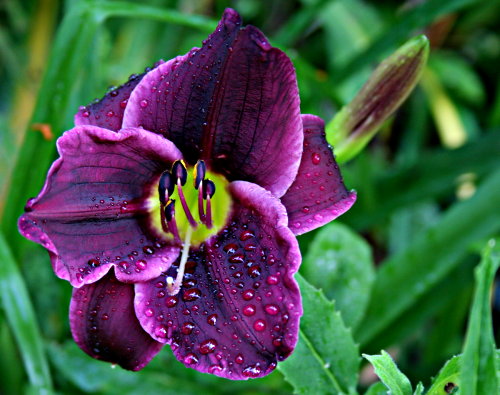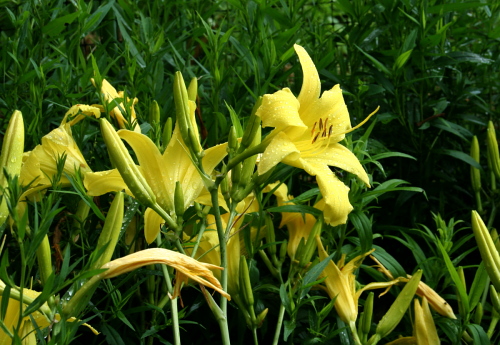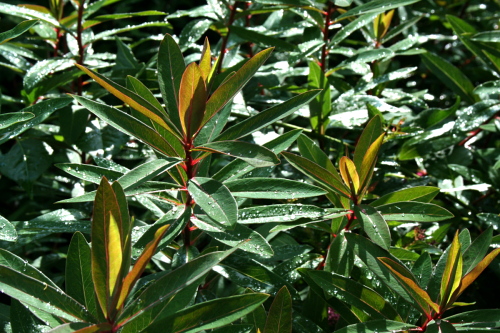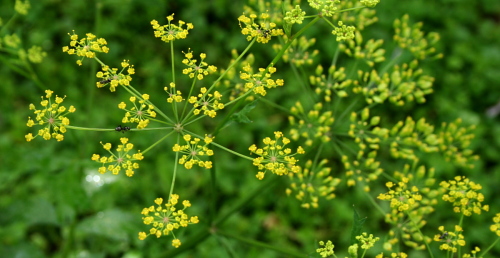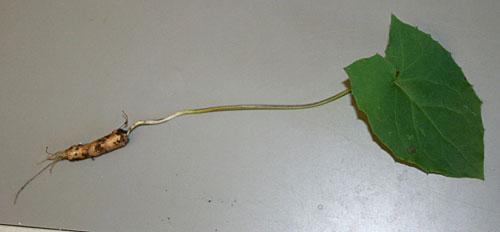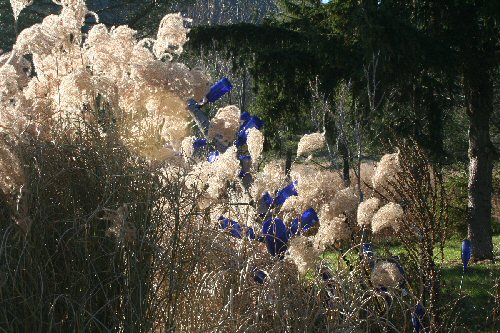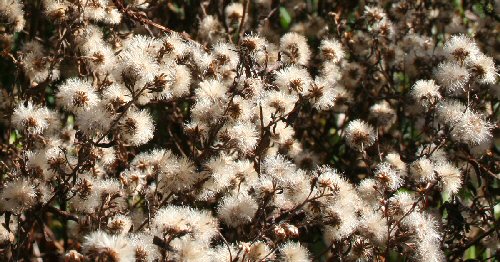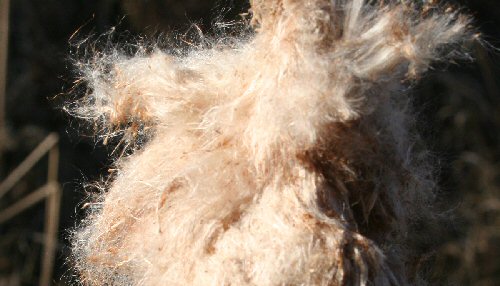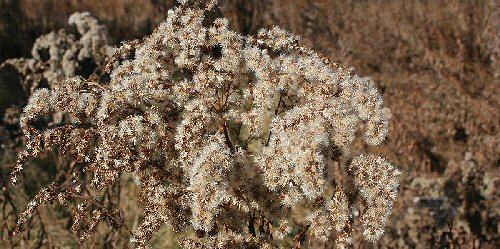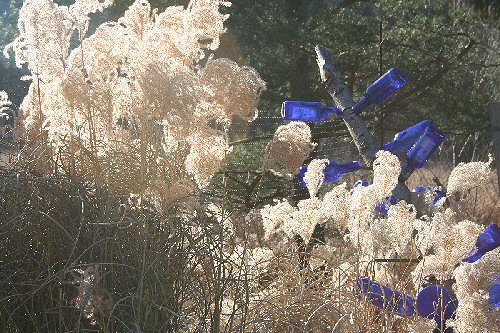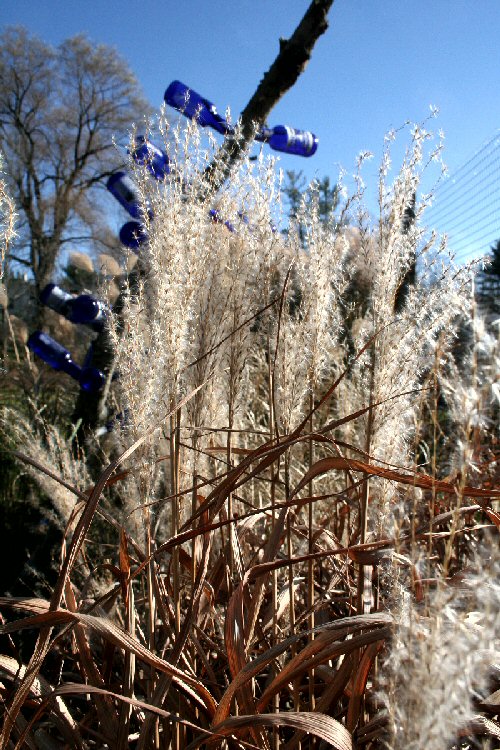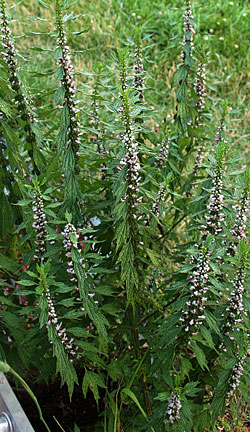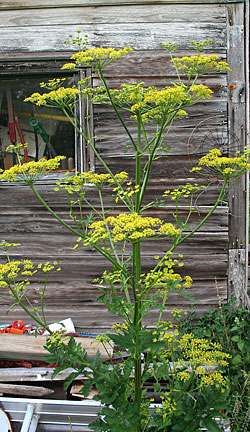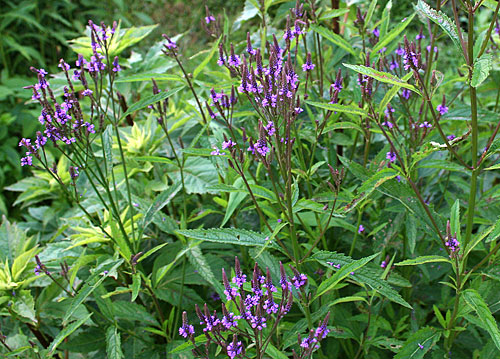Category: Weeds
Anyone know this ‘weed’?
This came up in a friend’s garden here in Ithaca. We suspect it might be a native plant or hitched it’s way in on a plant from another garden. It has a 4-sided stem. Root is about the size of a pencil stub.
Any ideas?
Scientist’s blowtorch weedkiller backfires
From The Telegraph:
Robert Gailey, 79, watched in horror as sparks from a gas-powered garden tool caused the lawn and shrubs of his neighbours, Stuart and Phyliss McLean, to catch light. Read more.
Ouch:
I’ve got a flame-weeder that I use very sparingly and gingerly. If you use one, all I can say is be very, very careful — especially around mulch and dead plant material.
The best — or rather safest — time to flame weed is during dead calm when there’s a heavy dew or soon after rain while vegetation is wet. The object is not to set the weeds on fire. It’s just to heat them enough to boil the water in their cells, bursting them. The plants turn a darker, perhaps bluer color. The tissue shouldn’t look charred when you’re done.
Anyone who flame-weeds should keep this story — and that image — in mind when they do.
Low light, fuzzy subjects
My photography mentor, T. L.Gettings, usually refused to take his camera out of the bag unless his shadow was longer than he was tall. That’s pretty much all day around here this time of the year.
The low light (low in the sky, that is) really brings out the best in the tan-and-fuzzy subject matter that dominates most years around Thanksgiving. Here’s a sample:
Grasses and bottletree.
Fuzzy asters.
Fuzzy cattail.
Fuzzy goldenrod.
And a couple more bottletree views.
Three favorite weeds
The great big long post I was going to do about weeds and weeding will have to wait for winter. Meanwhile, here are two three that I like to look at, motherwort (left), wild parsnip (right) and Verbena hastata (bottom). (I’m sure I’m driving Graham crazy with my lack of proper nomenclature. But I don’t have enough energy this evening to look these up.) There is a lot of concern about wild parsnip taking over the ditches and roadsides around here, and apparently in Iowa.
Good news on the invasive species front: In many areas of Upstate New York, purple loostrife is on the decline due to the importation of a beetle that feeds on it. I’ll admit that I haven’t seen any around this year yet.

